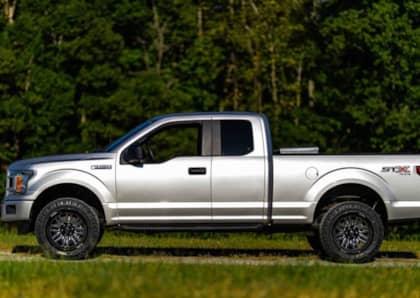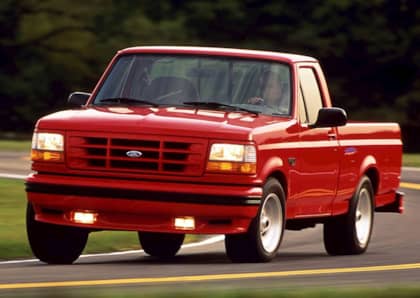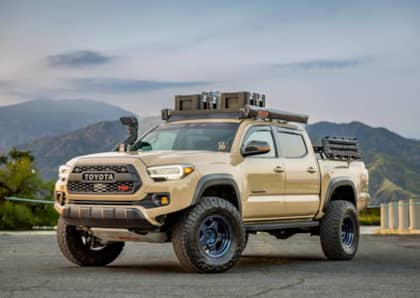Are Pickup Trucks Getting too Big? Nope, Deal with It.
All over the internet and social media there’s been a lot of discourse lately about the size of the modern American pickup truck. Despite their immense popularity, detractors are convinced that pickups have grown into destructive, wasteful behemoths that are directly contributing to a rash of avoidable pedestrian deaths.
Most commonly, this argument is accompanied by an image of a modern, four-door full-size pickup parked next to a much smaller truck, either a single cab mini truck from the ‘80s or ‘90s — or an even smaller kei truck imported secondhand from Japan.
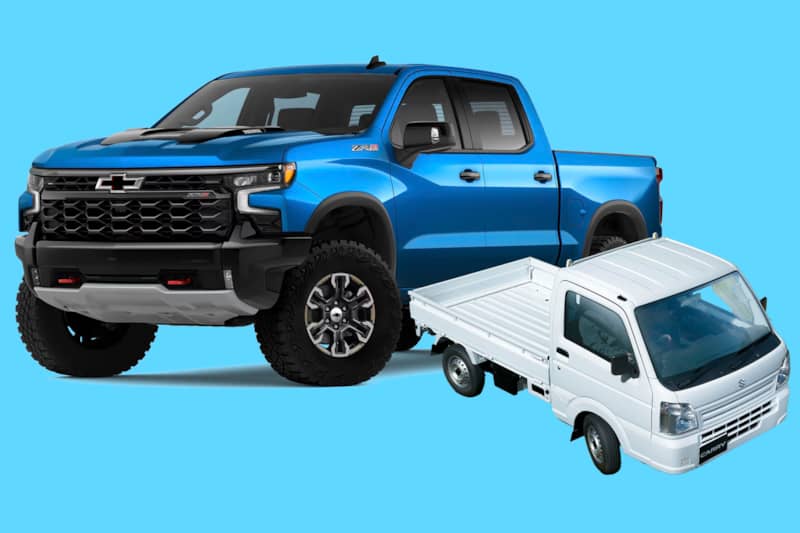
Yes, the difference in the two trucks is vast. And yes, depending on your measurements, the bed volume is indeed comparable when looking at your typical modern, crew cab, short bed half-ton.
But that’s where the comparisons end. And to pretend these two trucks are even attempting to do the same thing or appeal to the same type of buyer is to ignore 30 or 40 years of auto industry, car buyer and regulatory evolution.
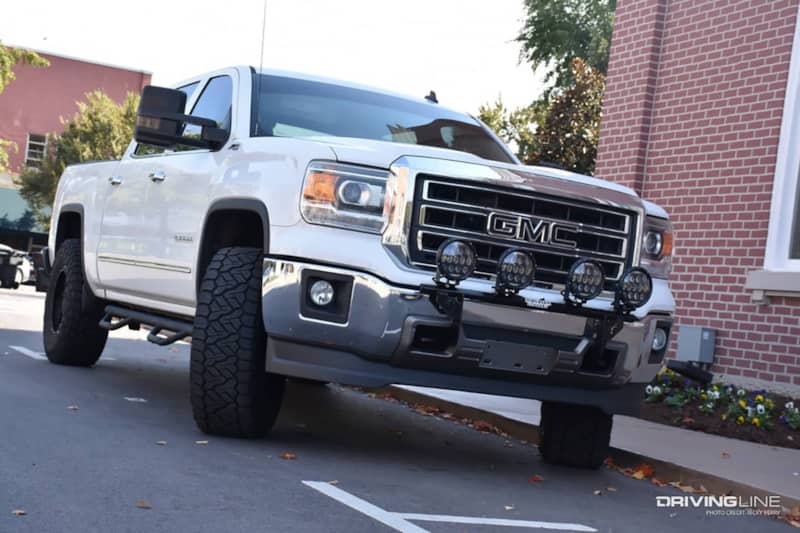
The Meaning of Truck Has Changed
While the size and weight modern trucks have increased in recent decades (which vehicle hasn’t?), the modern half-ton ton pickup truck has also evolved into what I consider one of the most useful, practical and capable vehicles ever to occupy American roads.
And a lot of that evolution has been driven by a generational change in how people use pickup trucks.
Up until about the early 2000s, pickups were pretty specialized vehicles. Utility and/or recreation was the key. And while four-door, crew cab trucks did exist, they didn’t really become the norm until about 20 years ago.
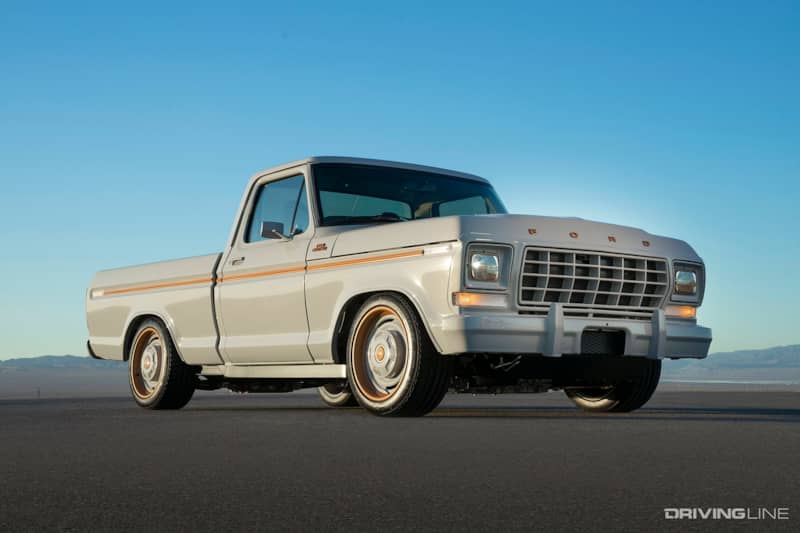
Today, the vast majority of new full-size pickups sold to private owners are four-door crew cabs. And in many ways they’ve taken the place of the old family wagon station wagon. They aren't just a vehicle for work or play, but a vehicle that can handle just about anything with previously unheard of refinement and comfort.
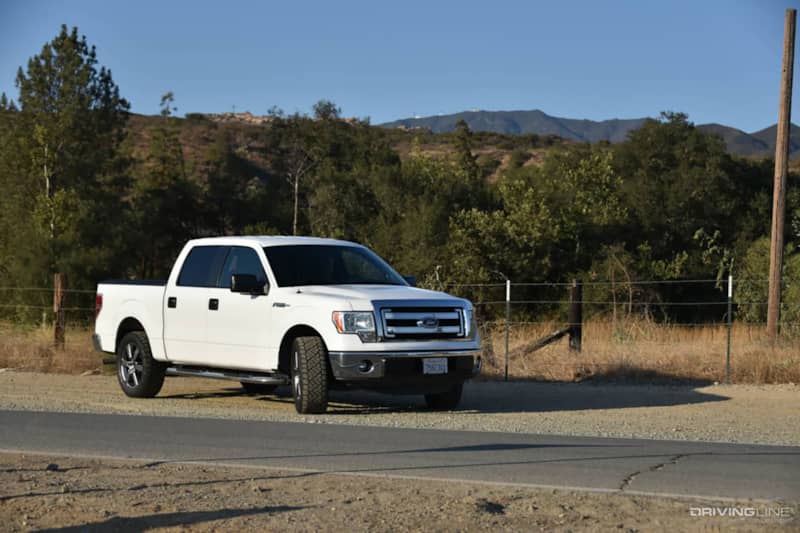
Have the people that want us to drive micro trucks ever had a child? Have they seen the immense size of today’s child seats and how much room they take up? Do they ever drive anywhere with more than one passenger?
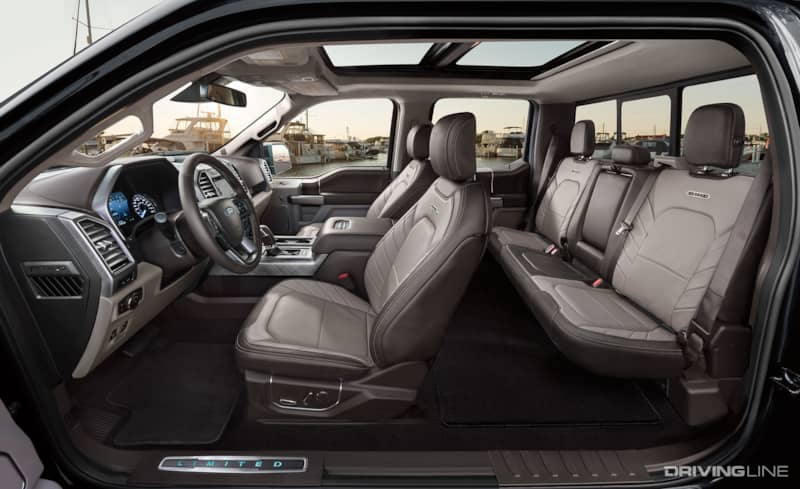
In contrast to the cramped cabins of ;80s and '90s trucks, the interior space of a contemporary half-ton crew cab is enormous. In fact, it outclasses most sedans and even crossover SUVs.
If you want to stretch out on a road trip over any type of terrain, carry a family and all the gear you're going to need an SUV or full-size truck. This to say nothing of the amenities available on modern trucks, which easily rival pure luxury models.

Better in Every Way
Here’s another win for modern trucks vs the old ones. Fuel economy. A 2WD 1996 Toyota Tacoma with the 142 horsepower, naturally aspirated four-cylinder engine with an automatic transmission had an EPA rating of 19 MPG city, 23 MPG highway.
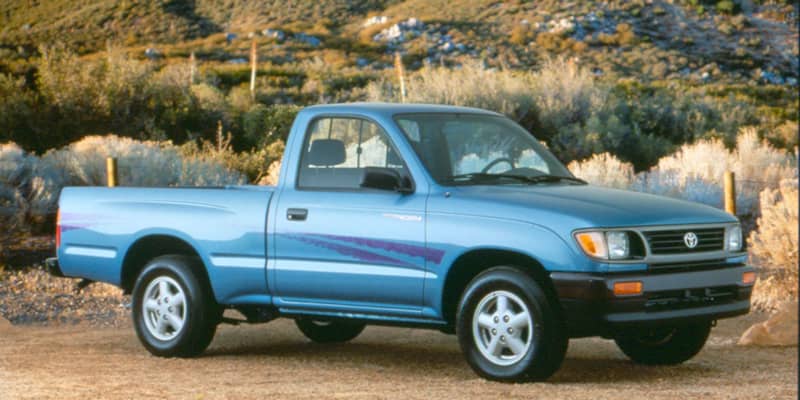
A 2024 2WD Ford F-150 with the 325hp 2.7L EcoBoost V6 has an EPA rating of 19 MPG city, 25 MPG highway. All of that extra weight, power, and capability comes at virtually no cost when it comes to fuel usage. Such is the beauty of technology.
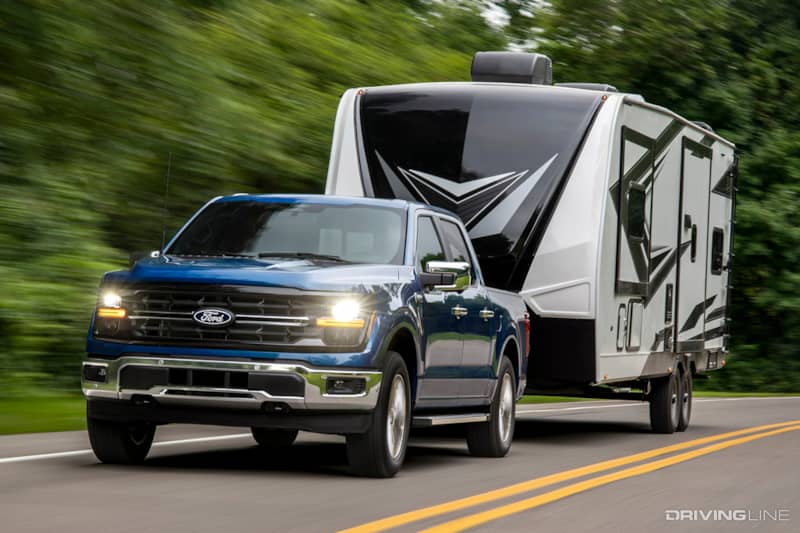
Indeed, there’s absolutely something lovable and honest about an old Toyota, Chevy S-10 or Nissan Hardbody that wasn’t trying to be a cushy family hauler or a vehicle for everyone, but times have changed.
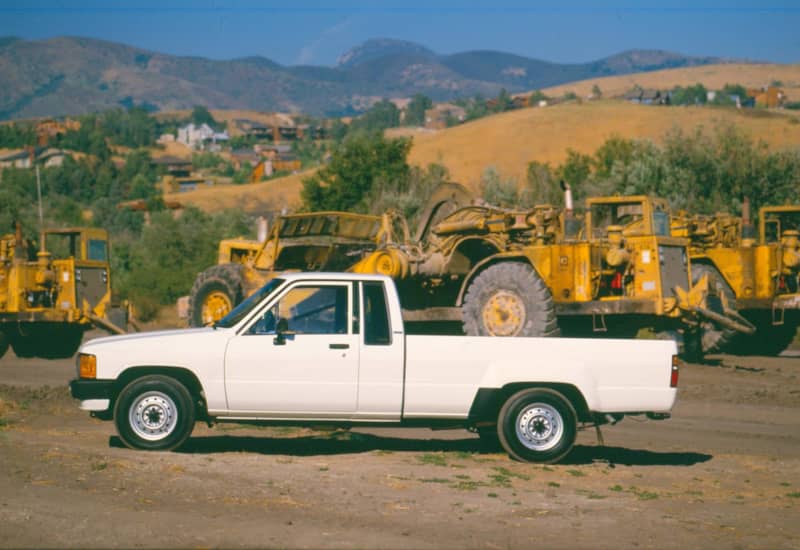
Old minitrucks are awesome. But a lot of the stuff that makes them fun and endearing — the low power, low weight, ultra simple mechanicals, and a low price — just isn’t really achievable with today’s market forces and safety regulations.
These days, two-door vehicles of any type have all-but disappeared from the market. And outside of niche segments or those looking specifically for a work truck, there isn’t a big demand for a vehicle that can’t comfortably or safely carry more than two or three occupants.
Kei Trucks are Cool, but not a Great Fit for America
And speaking of regulations, What about JDM kei trucks? No doubt you’ve also heard a lot about imported Japanese minitrucks, which have taken America by storm in recent years.
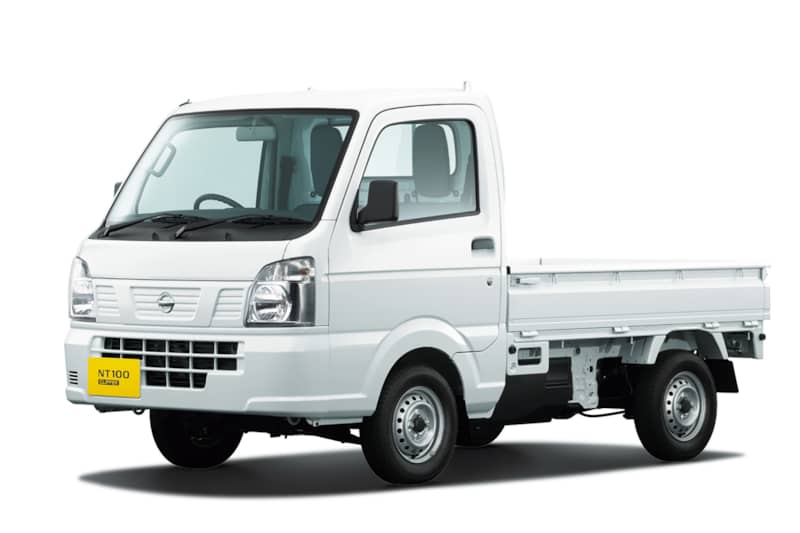
I’ve driven them a number of times both here in the states and in their Japanese homeland. They can be great fun, and in some circumstances quite handy as well. But to assume, even for a moment, that a Honda Acty or Daihatsu Hijet is an actual alternative to a modern Silverado of F-150 is absurd.
First of all. Kei trucks are slow. And not just slow by modern standards. They are slow to the point of being unusable and highly unsafe at modern American highway or even suburban speeds. Try driving one on an interstate and see how it goes for you.
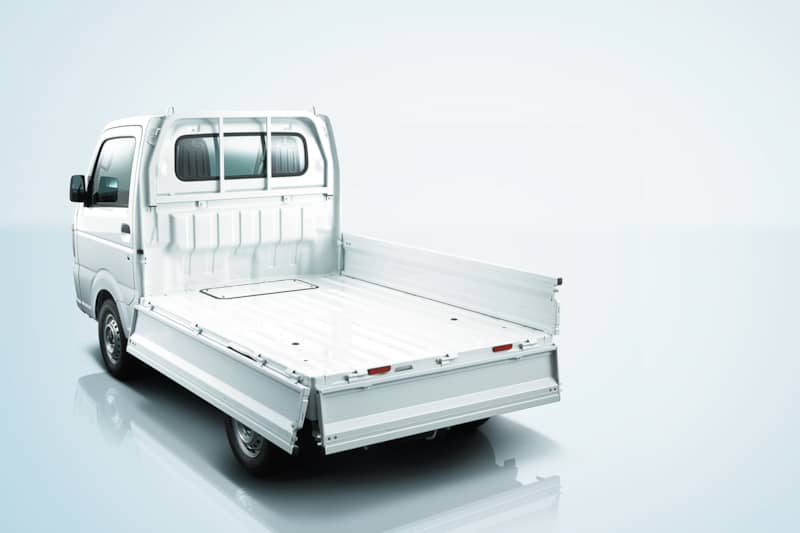
None of this is surprising. Kei trucks are designed for the roads of Japan, which are narrower and have much lower average speeds than in America, especially in rural areas.
Comfort? I'm a little over six feet tall and I can barely fit into the cab of one, plus I must contort myself just operate the clutch and gearshift.
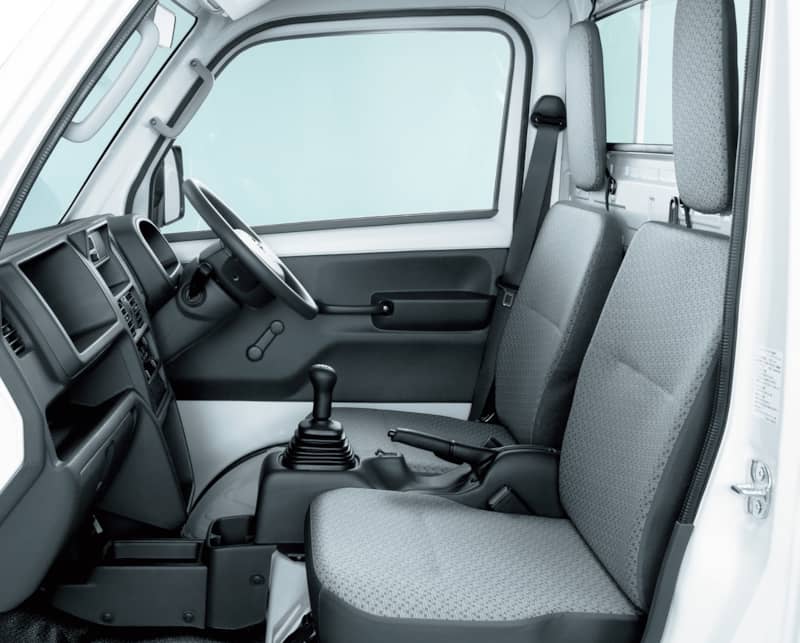
Passengers? Well, let’s just say they make the aforementioned Toyota look positively spacious. Put two full-size American guys in a kei truck and they’ll be spilling out of the windows.
Towing? Not gonna do much of that with a 600cc engine. Heaven forbid you get in an accident in one — I can’t think of many vehicles that would be worse in the event of a crash.
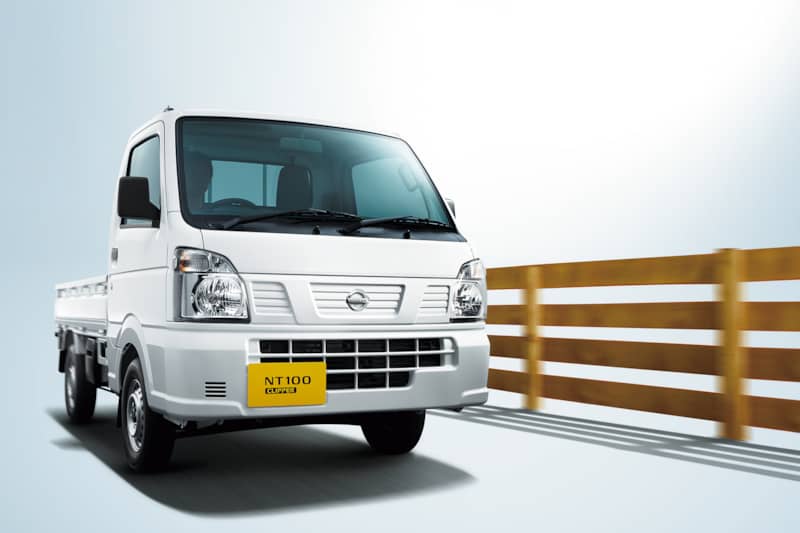
Used Kei trucks are indeed becoming more popular in America, and that's great. But the reality is they are best suited for getting around a large ranch or homestead, driving around a town at low speeds, local errands and not much more. In fact, many of the kei truck owners I know in the United States also have a full-size pickup in their fleet.
To put it another way, if kei trucks could meet the needs of mainstream American truck buyers while meeting our safety standards, one of the Japanese automakers would have tried to officially import them here long ago.
The Maverick Option
There is, however, a new kind of smaller pickup that in some ways represents a return to form for cheap, simple trucks but with modern safety and convenience. The Ford Maverick.
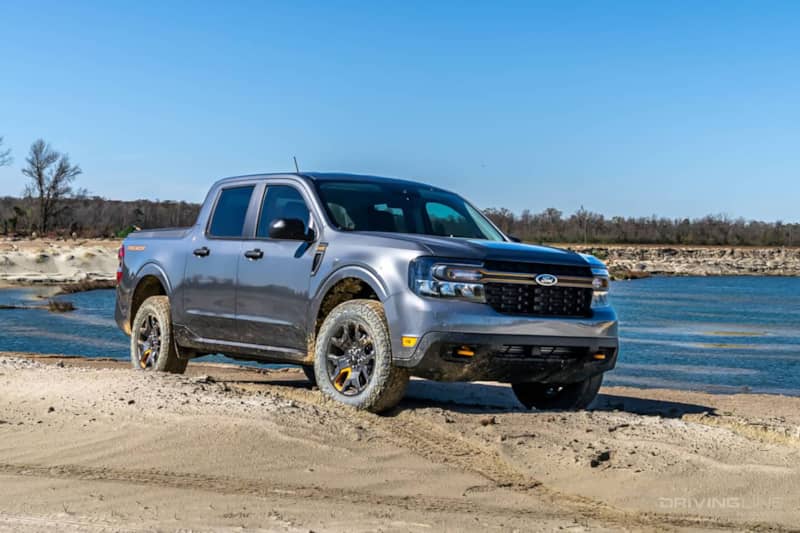
Essentially a crossover SUV with an open-bed, the Maverick has been a big hit for Ford with its available hybrid powertrain, smart size and low cost of entry. But does the addition of the Maverick cut into F-150 sales? Most likely not. The Maverick is truly its own thing, separate from the normal.
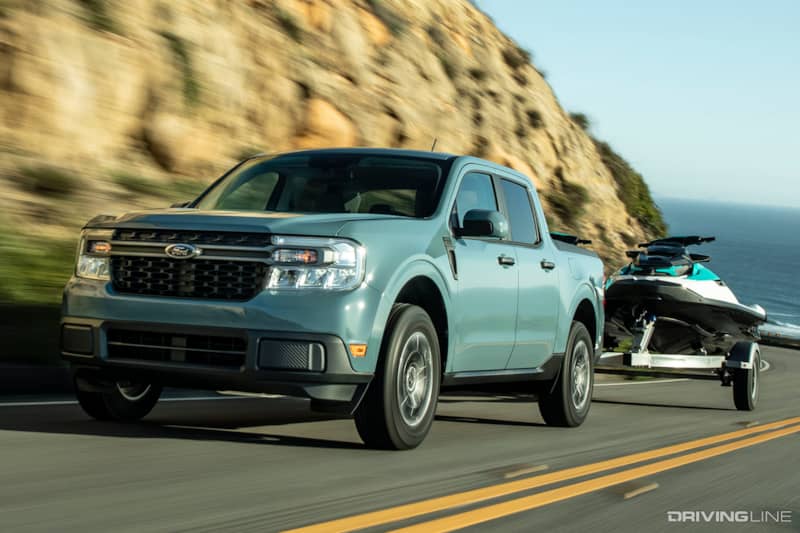
There is a genuine argument to be made that a Maverick could be a better choice compared to the mid-sized Ford Ranger, as it offers a good amount of its utility in a smaller, cheaper and more fuel efficient package.
Let’s say you simply want an open bed, a decent amount of ground clearance and room for four passengers. If you don’t need the towing capability and body-on-frame construction of the Ranger, a Maverick could be a fantastic alternative.
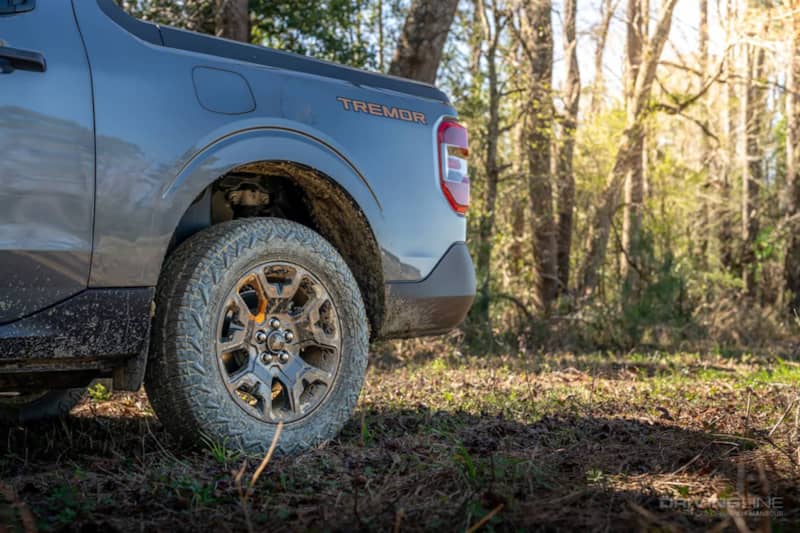
But I think you’ll find, if anything, rather than existing pickup buyers downsizing to the Maverick, most Maverick owners are former sedan or crossover drivers who wanted extra utility in a more affordable, more fuel efficient package.
Smaller unibody pickups like Maverick, Hyundai Santa Cruz and perhaps other future offerings from other automakers are welcome additions to the market, but don’t count on them eating into full-size truck sales.
Want vs Need
So what is about full-size trucks that makes so many people mad? Beyond any serious concern for safety, many of the arguments against modern American pickup trucks come down to people buying “more vehicle than they need.” And my response to that is “so what?”
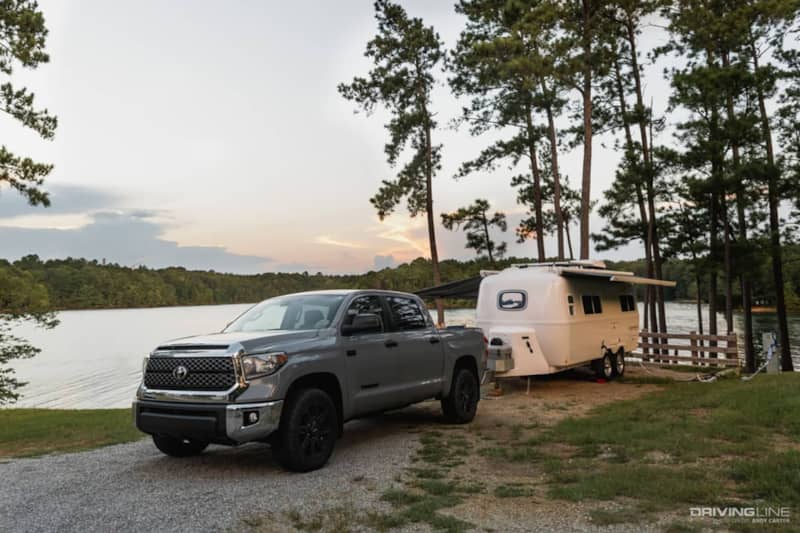
Frankly, it’s pathetic for anyone who even nominally deems themselves a car enthusiast to try and determine what other drivers do or do not need.
After all, who needs a Mustang? Who needs a Mazda Miata? Who needs a Jeep Wrangler? Who needs any more than one vehicle per licensed driver in a household? Is buying an F-150 and never towing a boat or packing the bed full of lumber any different than buying a Porsche 911 and never taking it to race track?
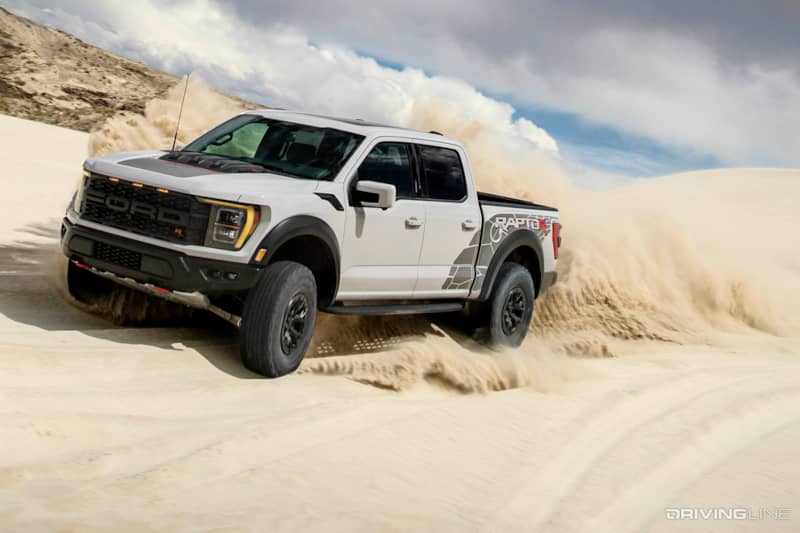
I mean. Who really needs anything fancier, funner or more capable than a Toyota Corolla or Honda CRV with some snow tires for the winter?
While a vocal minority of internet busybodies might be upset, the reality is that trucks are popular for a long list reasons that matter to people in the real world. The sales figures speak for themselves.
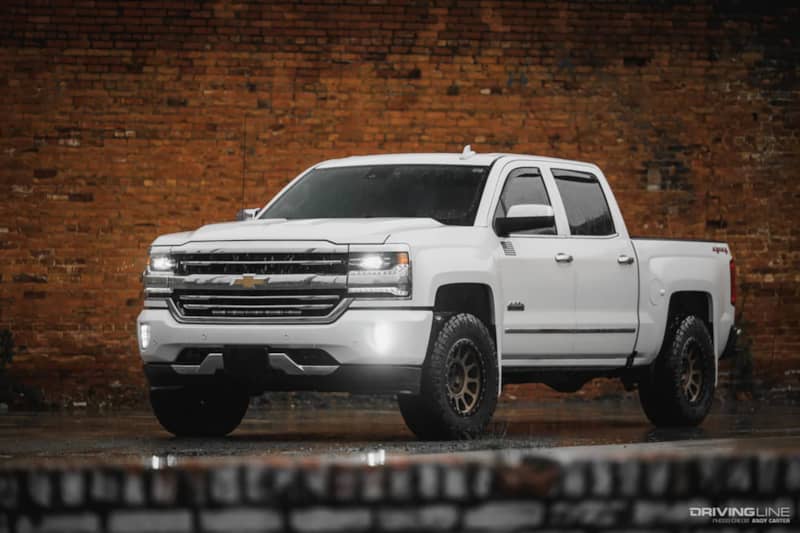
The American full-size pickup truck has never been more appealing to more types buyers. And, it's time for the haters to cope, because it shows no signs of stopping.
More From Driving Line
- Debating between a full-size or mid-size truck? This might help.




